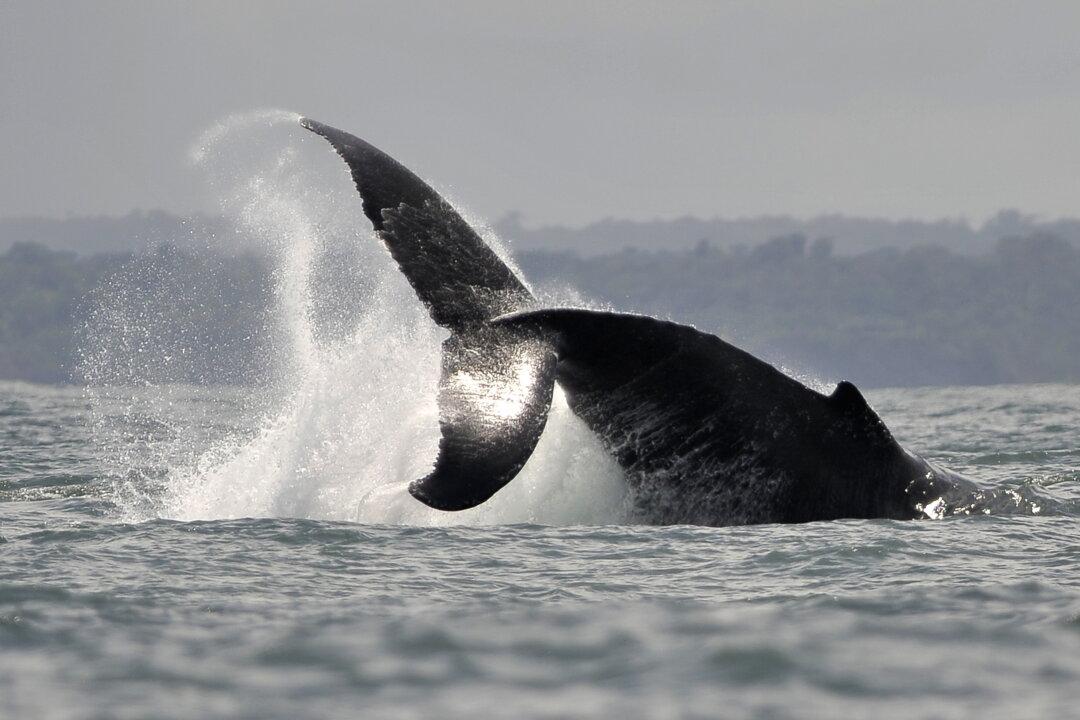A photograph captured the moment a humpback whale breached the surface of the ocean and grabbed a sea lion in its mouth.
Chase Dekker, who works for Sanctuary Cruises, a whale watching company in California, said he was in Monterrey Bay when he saw a pod of whales “lunge feeding.”





